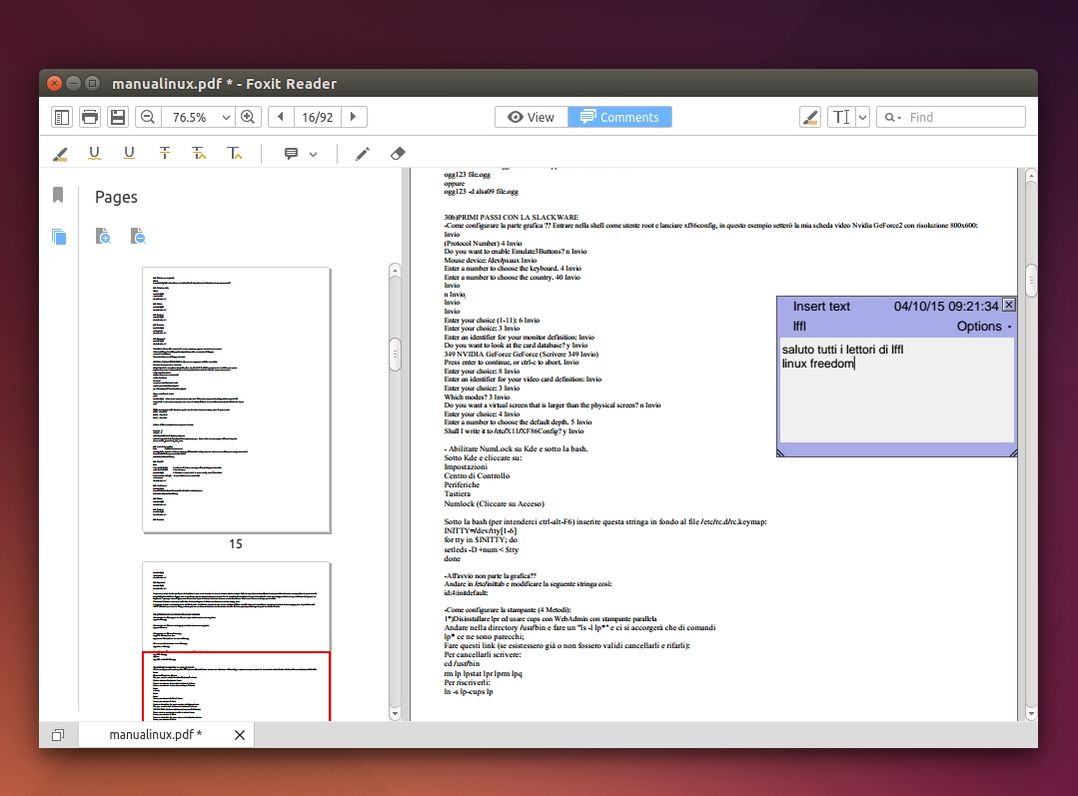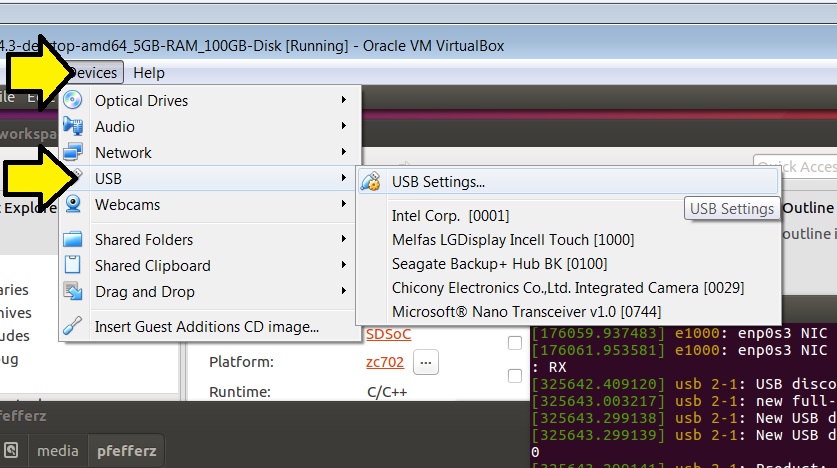

We can do this by typing:Ĭertificate is to be certified until May 1 17:51:16 2026 GMT (3650 days)ġ out of 1 certificate requests certified, commit? y Start by generating the OpenVPN server certificate and key pair. Next, we will generate our server certificate and key pair, as well as some additional files used during the encryption process. Step 5: Create the Server Certificate, Key, and Encryption Files Organizational Unit Name (eg, section) :Ĭommon Name (eg, your name or your server's hostname) :Įmail Address now have a CA that can be used to create the rest of the files we need. If you enter '.', the field will be left blank. There are quite a few fields but you can leave some blankįor some fields there will be a default value, What you are about to enter is what is called a Distinguished Name or a DN. You are about to be asked to enter information that will be incorporated OutputGenerating a 2048 bit RSA private key Towards the bottom of the file, find the settings that set field defaults for new certificates. We only need to worry about a few of these. Inside, you will find some variables that can be adjusted to determine how your certificates will be created. To configure the values our CA will use, we need to edit the vars file within the directory. Move into the newly created directory to begin configuring the CA: To begin, we can copy the easy-rsa template directory into our home directory with the make-cadir command: In order to issue trusted certificates, we will need to set up our own simple certificate authority (CA). This means that it utilizes certificates in order to encrypt traffic between the server and clients.
#Ubuntu 16.04 bitlocker reader software#
The needed software is now on the server, ready to be configured.
#Ubuntu 16.04 bitlocker reader install#
To update your server’s package index and install the necessary packages type: We will also be installing the easy-rsa package, which will help us set up an internal CA (certificate authority) for use with our VPN. OpenVPN is available in Ubuntu’s default repositories, so we can use apt for the installation. To start off, we will install OpenVPN onto our server. When you are ready to begin, log into your Ubuntu server as your sudo user and continue below. The linked tutorial will also set up a firewall, which we will assume is in place during this guide. You can follow our Ubuntu 16.04 initial server setup guide to set up a user with appropriate permissions. You will need to configure a non-root user with sudo privileges before you start this guide. To complete this tutorial, you will need access to an Ubuntu 16.04 server.

For this reason, please be mindful of how much traffic your server is handling. Note: If you plan to set up an OpenVPN server on a DigitalOcean Droplet, be aware that we, like many hosting providers, charge for bandwidth overages. This tutorial will keep the installation and configuration steps as simple as possible for these setups. In this tutorial, we’ll set up an OpenVPN server on a Droplet and then configure access to it from Windows, OS X, iOS and Android. OpenVPN is a full-featured open source Secure Socket Layer (SSL) VPN solution that accommodates a wide range of configurations. You can circumvent geographical restrictions and censorship, and shield your location and any unencrypted HTTP traffic from the untrusted network. When combined with HTTPS connections, this setup allows you to secure your wireless logins and transactions. The traffic emerges from the VPN server and continues its journey to the destination. Want to access the Internet safely and securely from your smartphone or laptop when connected to an untrusted network such as the WiFi of a hotel or coffee shop? A Virtual Private Network (VPN) allows you to traverse untrusted networks privately and securely as if you were on a private network. Step 12: Install the Client Configuration.Transferring Configuration to Client Devices.Step 11: Generate Client Configurations.Creating a Configuration Generation Script.Creating the Client Config Directory Structure.Step 10: Create Client Configuration Infrastructure.Step 9: Start and Enable the OpenVPN Service.Open the OpenVPN Port and Enable the Changes.Adjust the UFW Rules to Masquerade Client Connections.Step 8: Adjust the Server Networking Configuration.(Optional) Point to Non-Default Credentials.(Optional) Adjust the Port and Protocol.(Optional) Push DNS Changes to Redirect All Traffic Through the VPN.Copy the Files to the OpenVPN Directory.Step 6: Generate a Client Certificate and Key Pair.Step 5: Create the Server Certificate, Key, and Encryption Files.Step 4: Build the Certificate Authority.


 0 kommentar(er)
0 kommentar(er)
